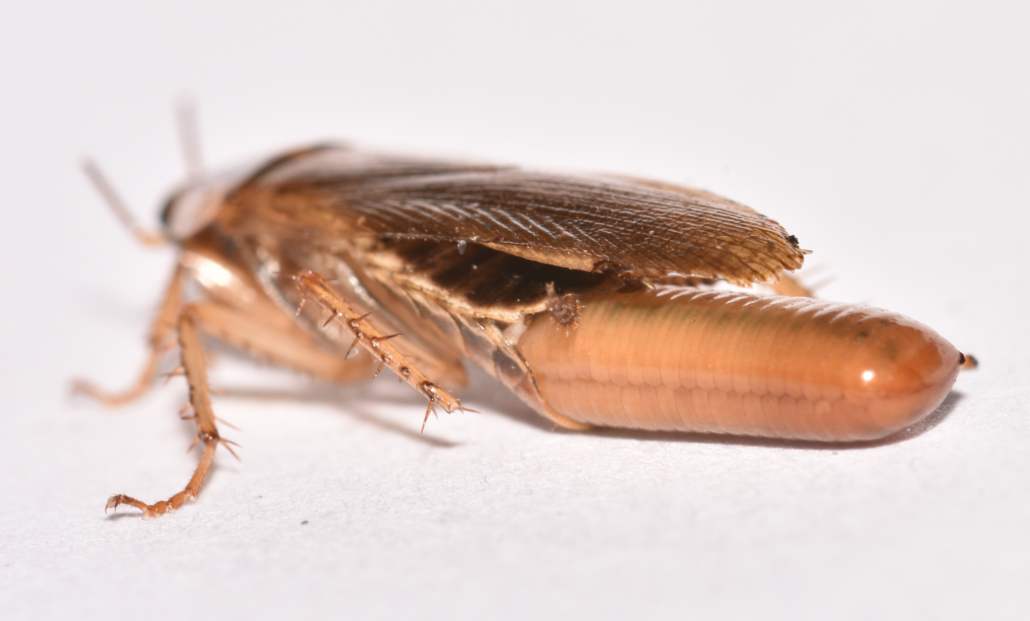What is a social insect?
What makes an insect a social insect?
Social insects are insect that live in caste systems. The word social regarding insects does not have the same meaning as a social person. We expect a social person to engage with others. Social insect caste systems consist a king and queen and a retinue of insect types to support them and the colony. Insect colonies with a social caste system have many levels. Some examples are secondary reproductives, soldiers, and workers. Workers have many roles. Examples of worker roles include nursery workers and foragers. Termites, pictured below, ants, yellowjackets and honey bees are all social insects. Most workers in a social colony are sterile females. They act almost like appendages of the queen. The queens pheromones drive the behavior in the colony. They are not individuals in the sense that they operate strictly to serve the queen. Social insects depend on the rest of the colony for survival. Some types of colony insects, like termite soldiers and termite reproductives before they swarm, cannot even eat on their own, they must be feed by colony workers.

What is a gregarious insect?
An insect that lives very close to other insect of the same species is described as gregarious. German cockroaches, pictured below, are gregarious. Bed bugs also are gregarious. These types of insects live near each other, but don’t depend on each other. Both German roaches and Bed bugs leave droppings in the area they live. This creates fecal focal points that other insects of the same species seek out and live near. Often feces, eggs, juveniles and adults will all be found in close proximity around the fecal focal points. Social and gregarious insects that occur in structures usually need to be controlled or exterminated.

What is a solitary insect?
An insect that lives on it’s own except to mate is solitary. Solitary wasps are the most common solitary insect. They seek out food and shelter without assistance from others. The off spring are fully formed individuals that leave and establish their own nests. A mud dauber, nest pictured below, is an example of a solitary wasp. Solitary insects rarely require treatment. If a mud dauber or grass carrying wasp is a nuisance, simply remove the nest material.

